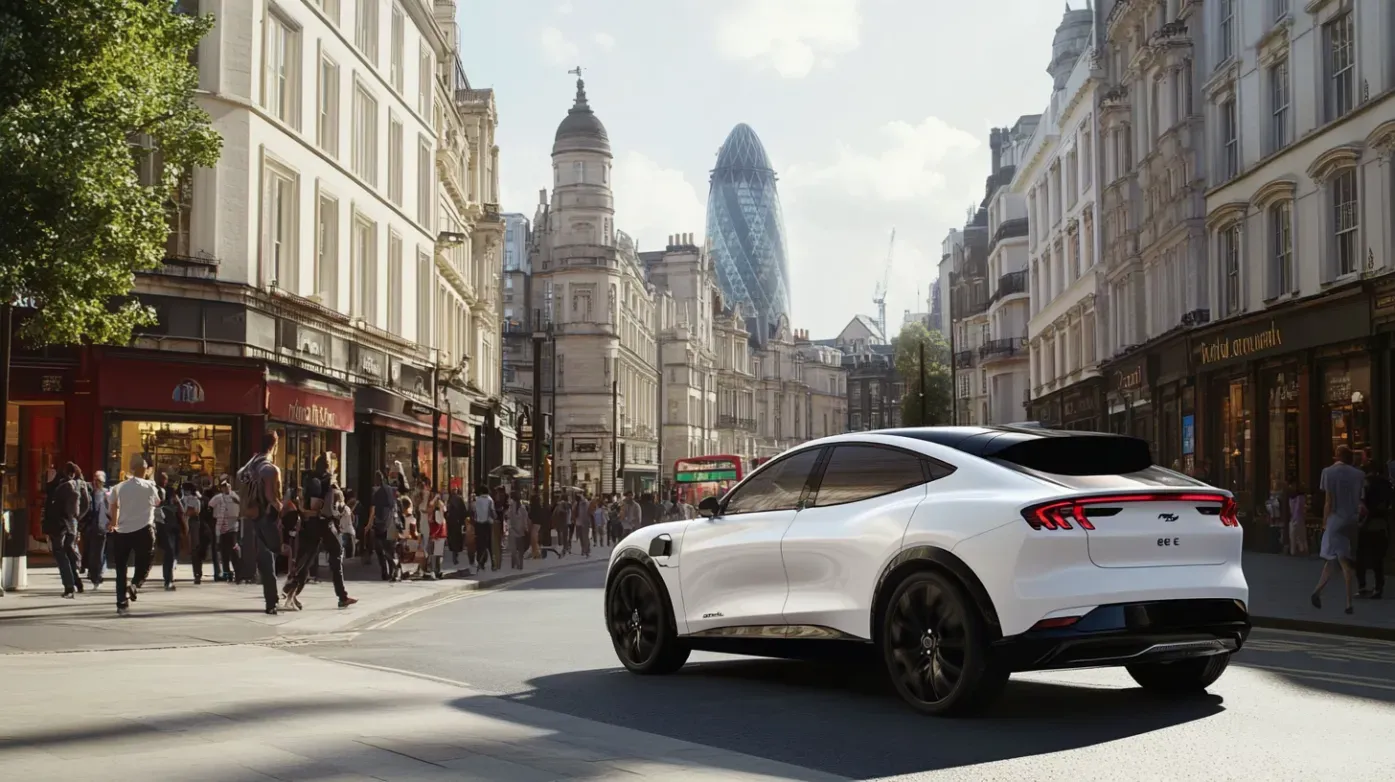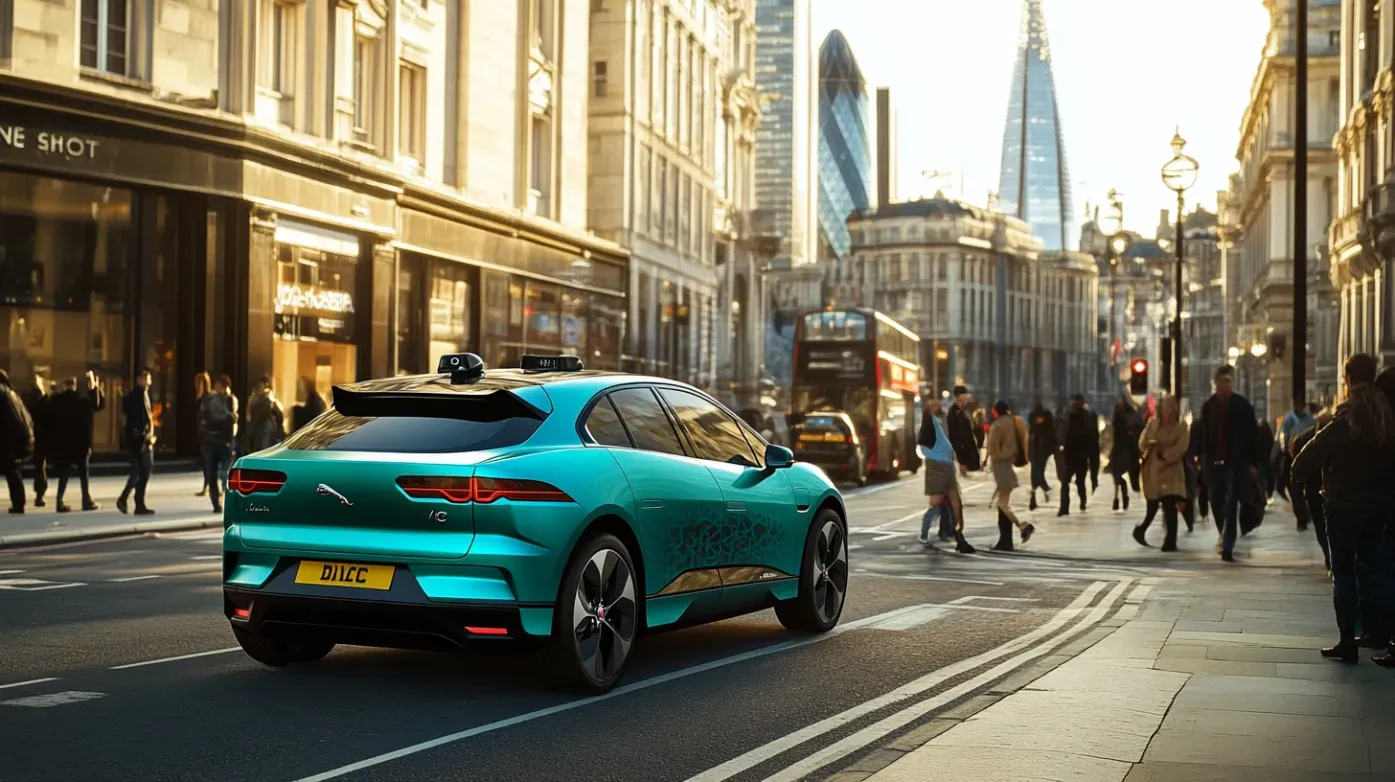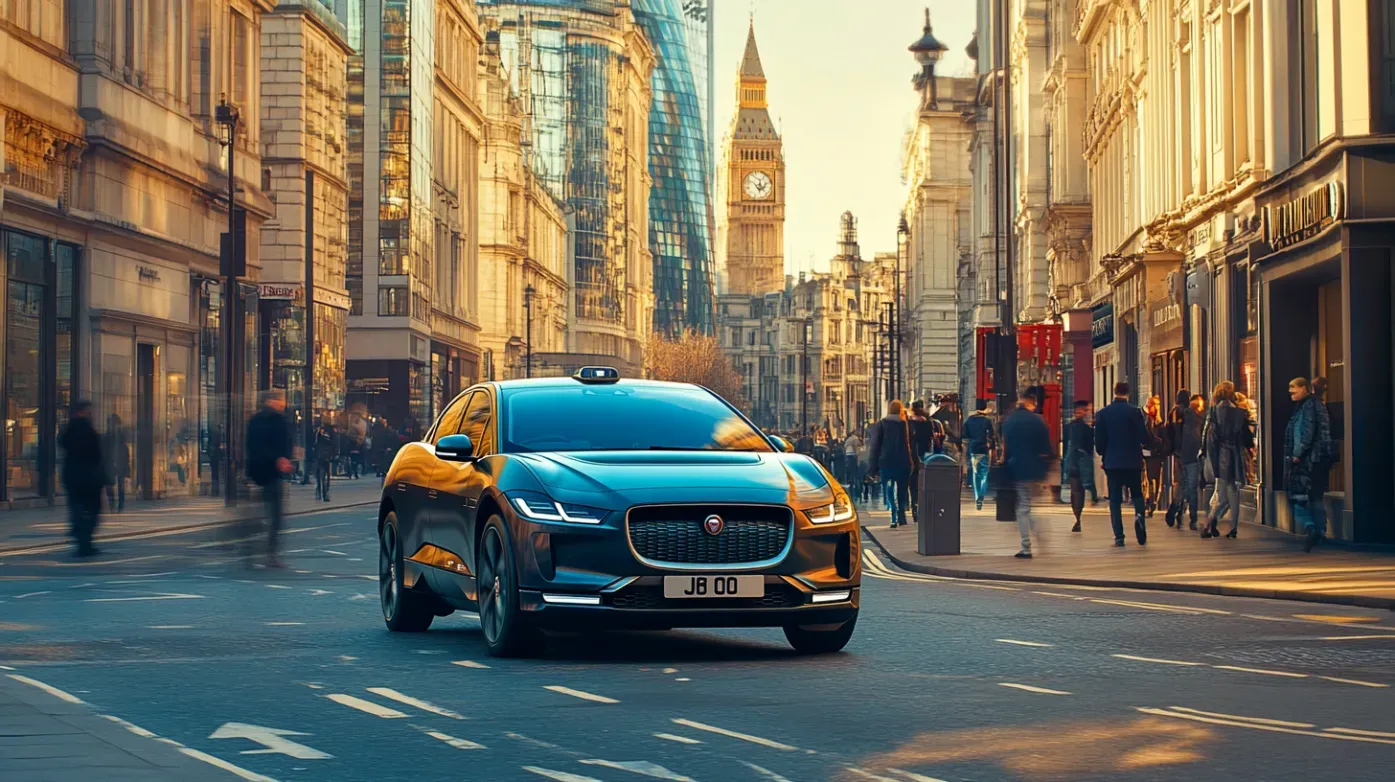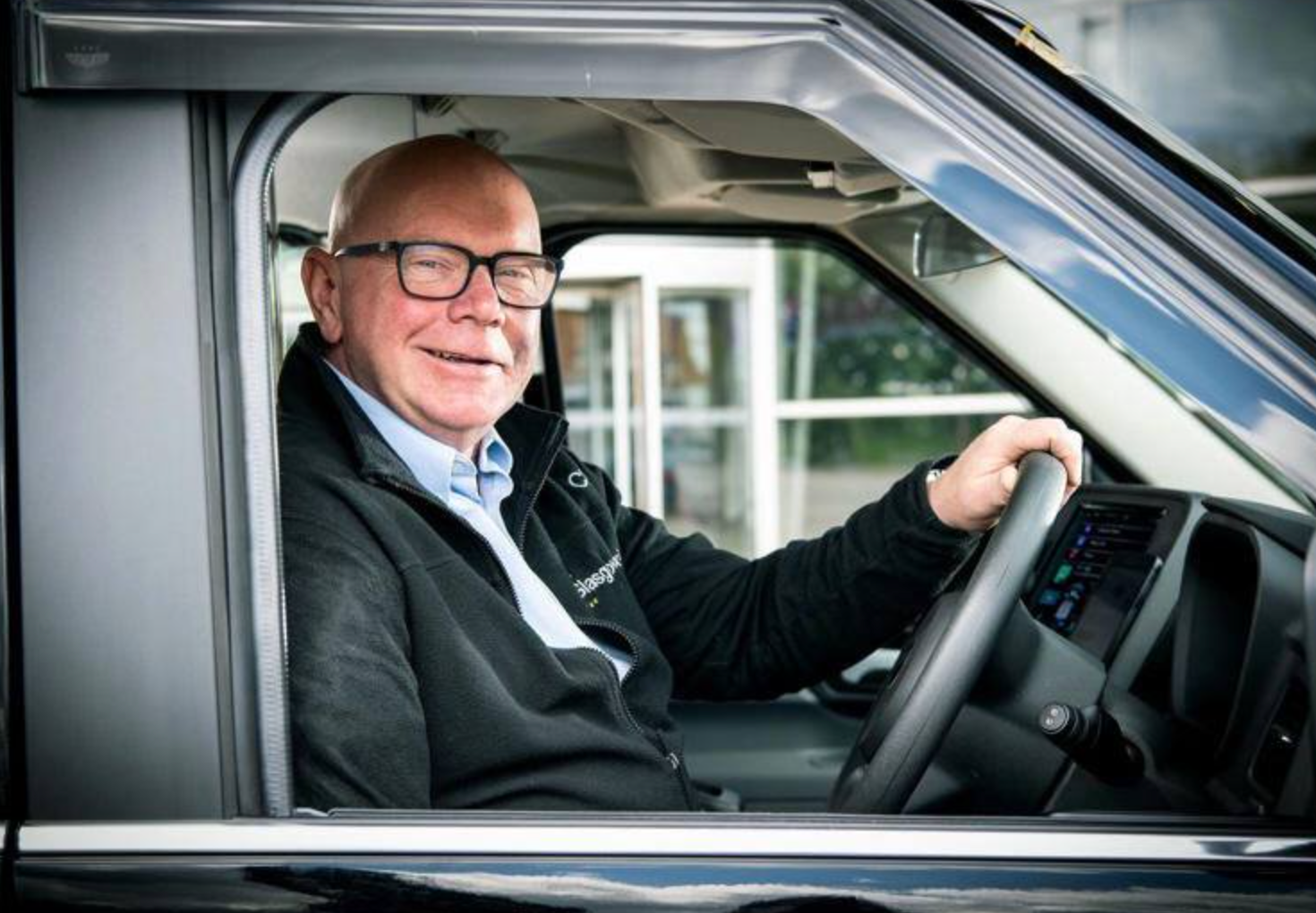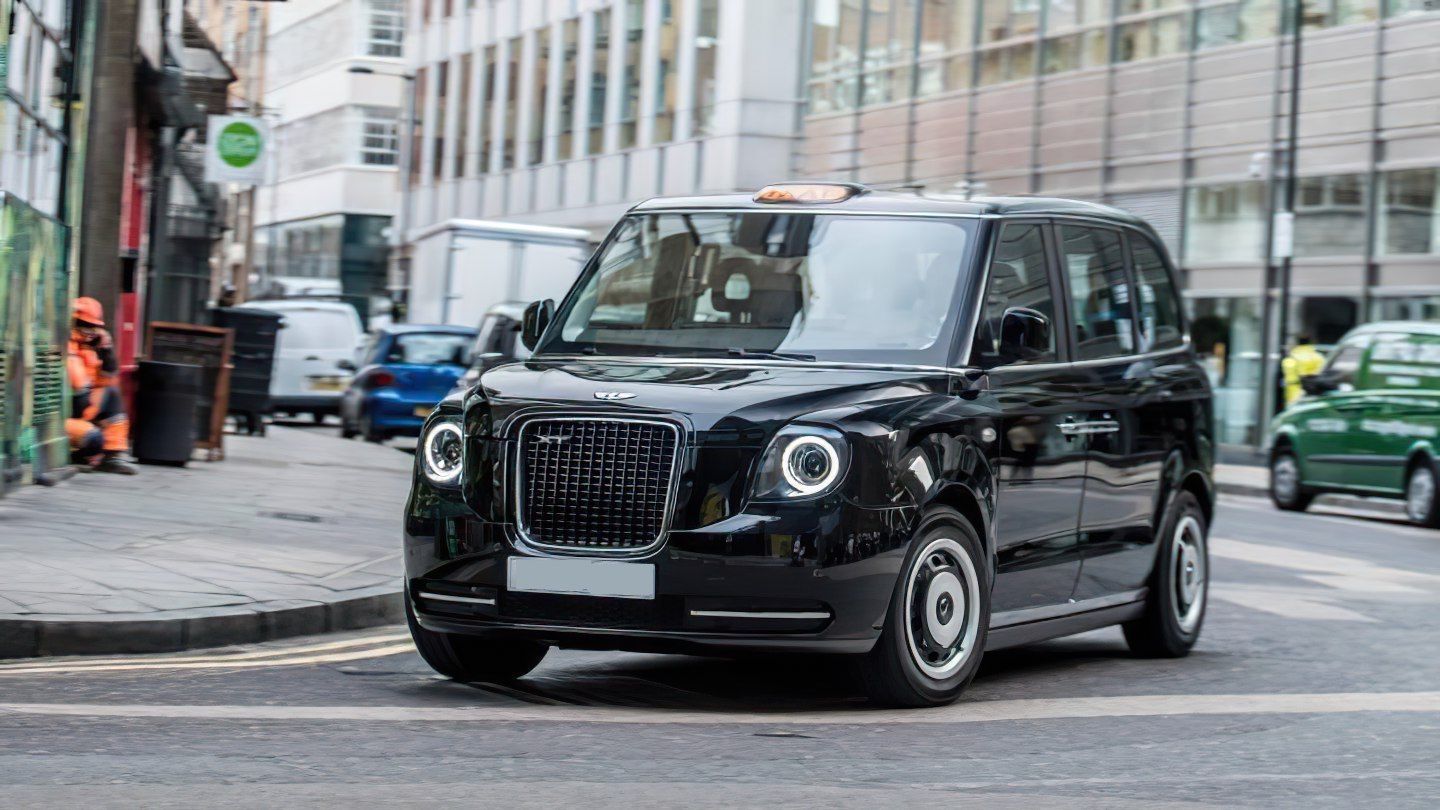The LEVC is designed for the city and enables drivers to benefit from modern drivetrains that can save £100s per month on fuel.
Glasgow Cabbie Clocks Up Over 280,000 Miles in His LEVC Electric TX Taxi
A 60-year-old Glasgow taxi driver has achieved one of the highest mileages for an LEVC TX electric cab, recently surpassing 280,000 miles since purchasing it in 2018.
This significant distance, exceeding the 232,000 miles from Earth to the Moon, has resulted in approximately £85,000 in fuel savings compared to a diesel taxi.
The impressive odometer reading also eclipses the 268,553 miles reached by NASA's Orion spacecraft at its furthest point from Earth. According to The Irish News, the diligent driver keeps the
LEVC TX running almost 24/7, with a partner taking over at night to maximize value.
They take breaks for charging in the early morning and evening to optimize electric range and savings.
He praises the vehicle for its manoeuvrability, visibility, and overall driving experience, offering a comfortable environment for both drivers and passengers. The LEVC TX uses a hybrid system, with a 1.5-litre petrol engine charging the 33kWh battery when needed, ensuring continuous operation in pure EV mode.
Additionally, the LEVC TX makes economic sense due to its significant fuel savings and lower running costs. We offer financing options for new and used models and can assist in sourcing and supplying these vehicles, ensuring drivers can enjoy the benefits of an LEVC TX with manageable financial arrangements.
You might also like
